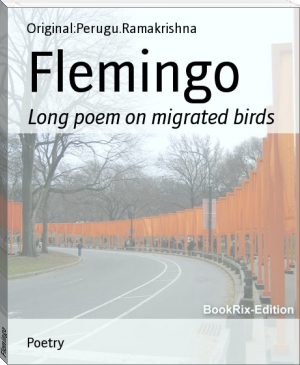How to Make a Shoe by John Parker Headley (world best books to read .TXT) 📕

- Author: John Parker Headley
- Performer: -
Book online «How to Make a Shoe by John Parker Headley (world best books to read .TXT) 📕». Author John Parker Headley
The Project Gutenberg EBook of How to Make a Shoe, by Jno. P. Headley
This eBook is for the use of anyone anywhere at no cost and with
almost no restrictions whatsoever. You may copy it, give it away or
re-use it under the terms of the Project Gutenberg License included
with this eBook or online at www.gutenberg.org
Title: How to Make a Shoe
Author: Jno. P. Headley
Release Date: April 7, 2008 [EBook #25013]
Language: English
*** START OF THIS PROJECT GUTENBERG EBOOK HOW TO MAKE A SHOE ***
Produced by David Wilson and the Online Distributed
Proofreading Team at http://www.pgdp.net (This file was
produced from images generously made available by The
Internet Archive/American Libraries.)
[p1]
How to Make a Shoe.
WASHINGTON, D. C.
ALL RIGHTS RESERVED.
GIBSON BROTHERS, PRINTERS.
1882.
[p2]
Entered according to act of Congress, in the year 1882, by
Jno. P. Headley, Jr.,
in the Office of the Librarian of Congress, at Washington, D. C.
[p3]
Shoemakers are known both far and wide, As men who always cut up side— Horse sometimes, also cow leather, To meet the changes in the weather. Sheep and goats are often slain; Both unite to make it plain That sheep is used for lining nice, When goat alone would not suffice; Just so with calf as well as kid.
INTRODUCTION.
The Author of the book in hand, having passed through the various scenes through which he would accompany his readers, was prompted to make this offering to the craft and the public in order to relieve his mind of the thoughts had upon the subject of making shoes, as well as to contribute something of a literary character which, in the broad range of possibilities, may become useful as a text-book, or family-book, for those who may feel interested in making or wearing shoes, and perhaps lead to something better. Realizing the imperfections and shortcomings of the human family, to some extent at least, no claim beyond that which you are disposed to put upon it is held, so that any communication will be gladly received and noted. This opportunity is also taken to express thanks for some valuable suggestions from the U. S. Bureau of Education, and others, concerning the publication of this little volume, and in its present shape you are invited to read and make the best use of it you can.
Author.
[p6]
Measuring the length of the foot
[p7]
The subject, seated on a chair,
[p8]
Measuring around the heel
[p9]
Next, around the heel a strap we bring,
The marks on this an inch represents,
Around the heel, I’ve already said,
Now let us here make up our minds,
[p10]
Measuring the instep
[p11]
With strap in hand the instep measure—
A little lump we will it now call,
When we’ve done this, and done quite well,
[p12]
Measuring the ball of the foot
[p13]
From the hollow now we’ve just come out,
If they should shake the remedy comes,
Onward now the way we press,
[p14]
Measuring across the toes
[p15]
This is the place of which folks do talk,
Just below the ball, across the toes,
From here we feel like soaring higher,
[p16]
Measuring the ankle
[p17]
The ankle reached, we then with care
That notice is just what we want,
From toe to ankle we have come,
[p18]
Measuring the height
[p19]
To have the height right is our aim;
Some in one way, some in another,
To work now by our measure marked
But plainer still the shoe will be
[p20]
Patterns
[p21]
Before our eyes the patterns come,
A stiffening of sole has found its way,
The parts, you see, stand thus alone,
One part not seen, in shape the same,
[p22]
The lining
[p23]
But show in this cut, if you please,
The vamp, also, has been changed,
When we the lower corners take,
[p24]
Joining quarter and vamp ready for sewing
[p25]
The act of uniting quarter and vamp,
The centre mark on the vamp we’ll use,
One end is reached, but not the last;
[p26]
Rolling the thread
[p27]
The work which we have now passed through
But now we wish the scene to change,
We roll the thread upon our knee,
[p28]
Forming points with cords
[p29]
By having the points one below the other,
We will let that be just as it may,
[p30]
Twisting the thread
[p31]
With the thread arranged, as we’ve described,
When one side is twisted hard enough,
Before the ends are entirely free,
[p32]
Milling
[p33]
A large round awl is just the thing,
Now our thread is very smooth,
Something now is sought that sticks,
[p34]
Waxing the thread
[p35]
But wax, not tacks, is what we want,
Each time waxing briskly,
Our wax should be in season,
[p36]
Making a fine point
[p37]
A fine point now we’re about to make;
We’ll stop here about the thread,
[p38]
Preparing the bristles
[p39]
The bristles with care have been selected,
From Russia, we are told, the best bristles come,
[p40]
Joining thread and bristle





Comments (0)